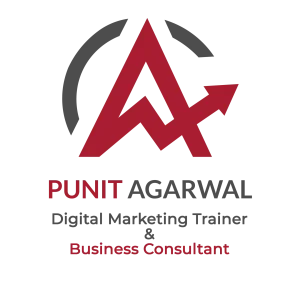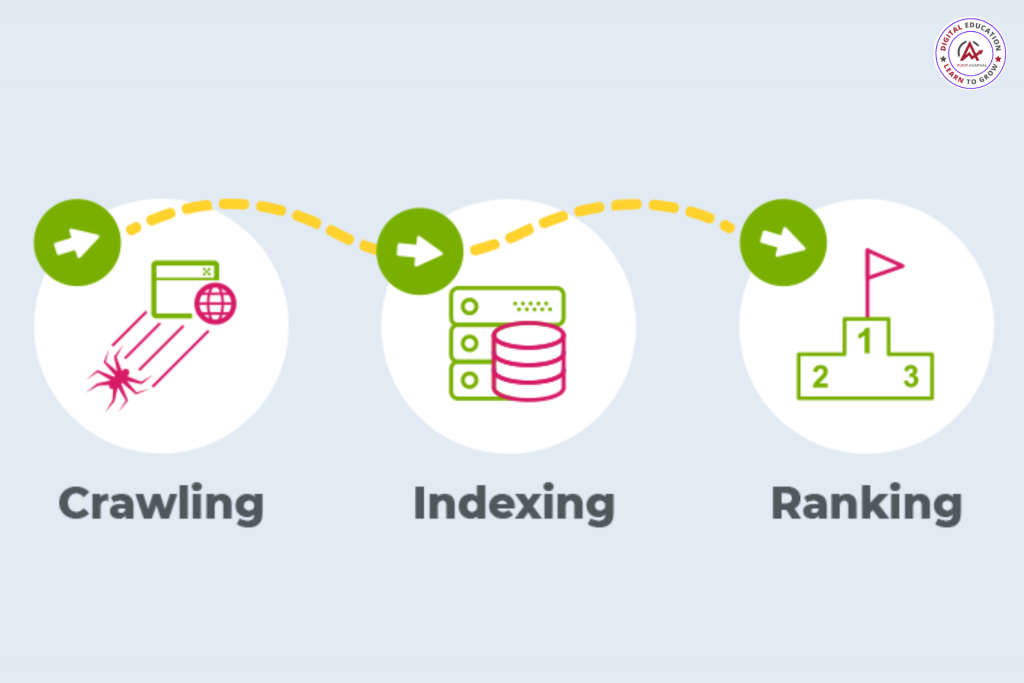Crawling, ranking, and indexing are the three main steps that Google uses to discover, evaluate, and organize the content on the internet.
These steps are crucial for ensuring that users can find the most relevant and useful information when they perform a search. In this blog post, we will explain these steps in more detail and how they work together to help Google deliver the best possible search results.
Crawling
Crawling is the process by which Google discovers new web pages and updates existing ones.
Google uses special software called Googlebot to follow links on the web, and it visits billions of pages each day. When Googlebot visits a page, it requests the page from the web server and analyzes the HTML code to extract the links on the page.
It then follows these links to discover new pages, and it continues this process until it has discovered all the pages on a website.
Googlebot also analyses the meta tags and header information of each page to understand the context of the page and whether it is relevant to a particular search query.
Ranking
Ranking is the process by which Google evaluates the relevance and authority of a webpage. Google uses a complex algorithm to determine the relevance and authority of a webpage, and it takes into account hundreds of different ranking factors.
The algorithm looks at things like the content on the page, the relevance of the keywords, the number of other websites that link to the page, and the overall user experience.
Google also looks at the mobile-friendliness, page speed, and other technical SEO factors to determine the ranking of a webpage.
Google then assigns a score to the webpage based on how well it matches the search query.
Indexing
Indexing refers to the process by which Google organizes the content it has discovered and ranked.
Google stores the content it has discovered in a database called the index, and it uses this index to respond to search queries. The index is like a giant library, and it contains copies of billions of web pages.
When a user enters a search query, Google looks through the index to find the most relevant web pages, and it returns a list of results to the user. Google uses an algorithm that takes into account hundreds of ranking factors or signals, like the words on websites, the freshness of content, and the number and quality of links pointing to your site, to help them understand the relevance and authority of a webpage.
To sum up, Crawling is the process by which Google discovers new web pages and updates existing ones. Ranking is the process by which Google evaluates the relevance and authority of a webpage based on various ranking factors and Indexing is the process by which Google organizes the content it has discovered and ranked, so it can respond to search queries. These three steps work together to help Google deliver the best possible search results to users. Website owners should focus on providing quality content, optimizing their website for search engines, and building relevant backlinks to improve their chances of appearing in the top search results.

